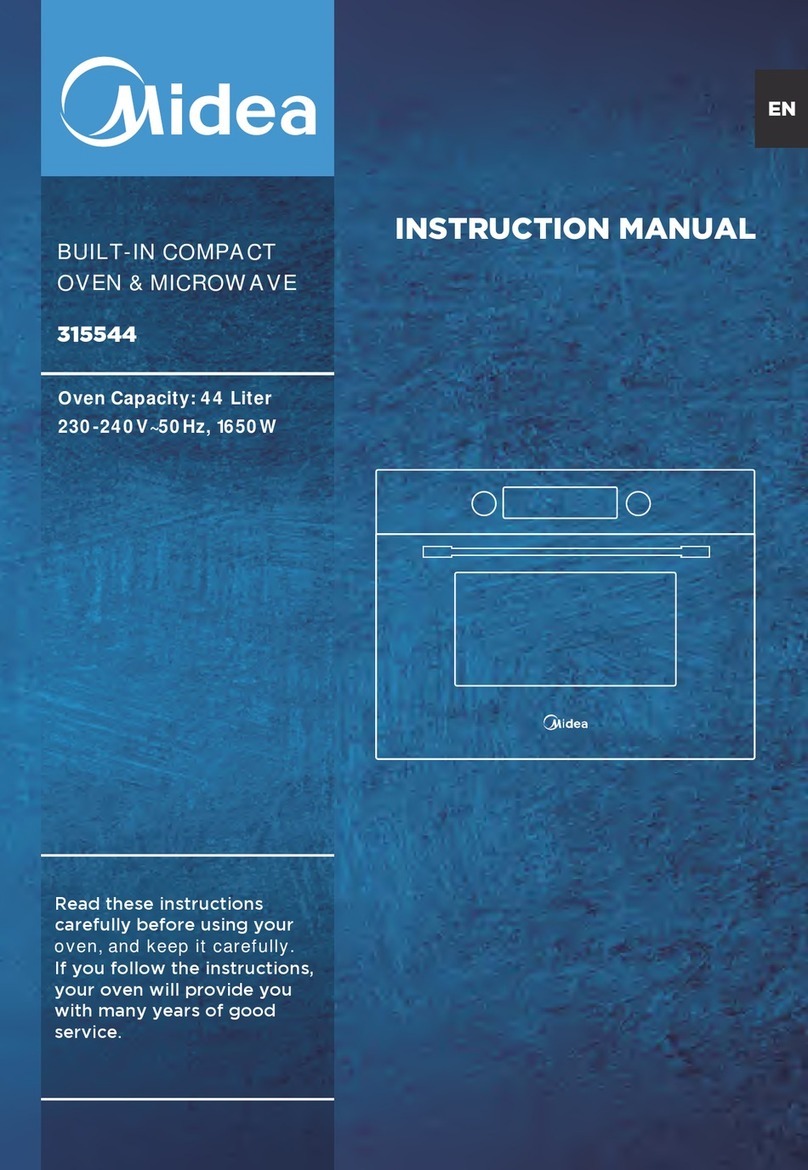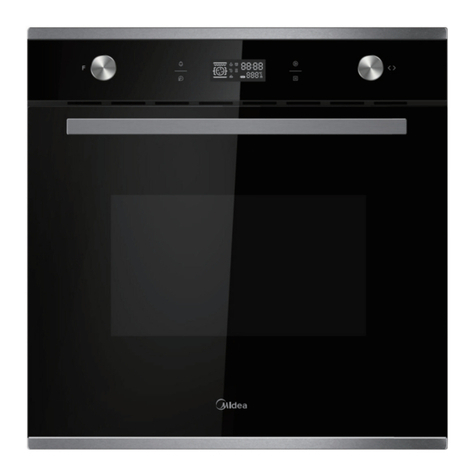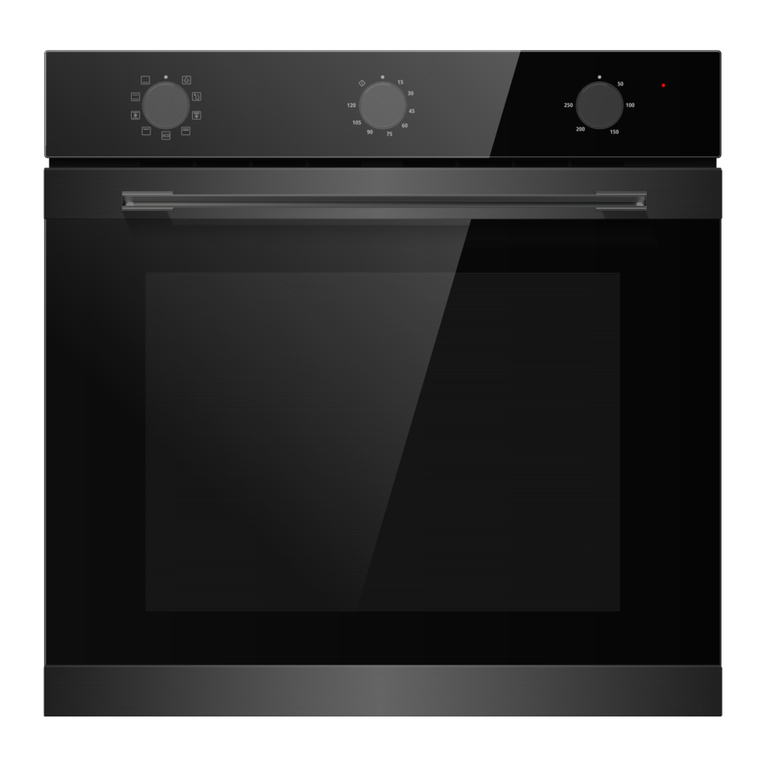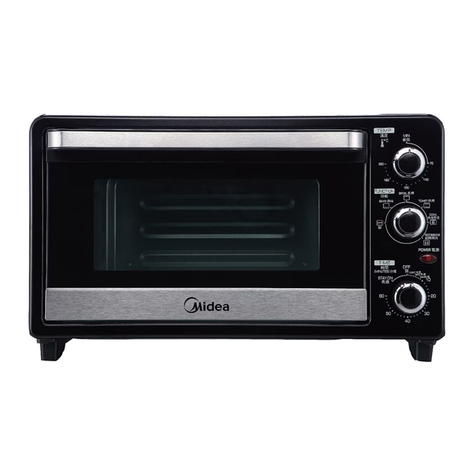Midea 7NM20M1 User manual
Other Midea Oven manuals
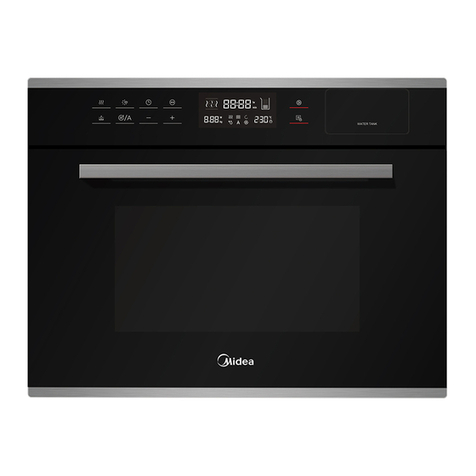
Midea
Midea MCOS34BL User manual
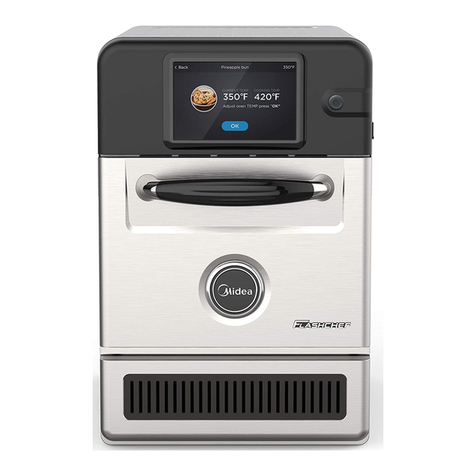
Midea
Midea FlashChef G1 User manual
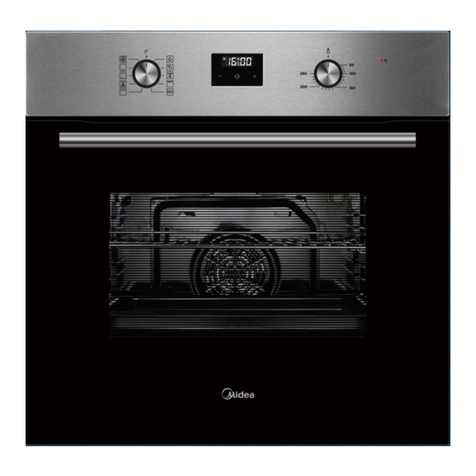
Midea
Midea B 3.60 IX User manual
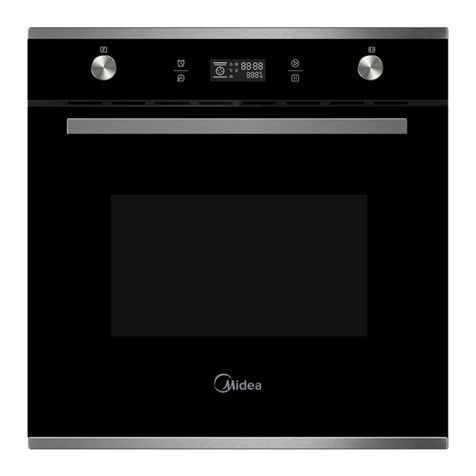
Midea
Midea MOP9BL User manual
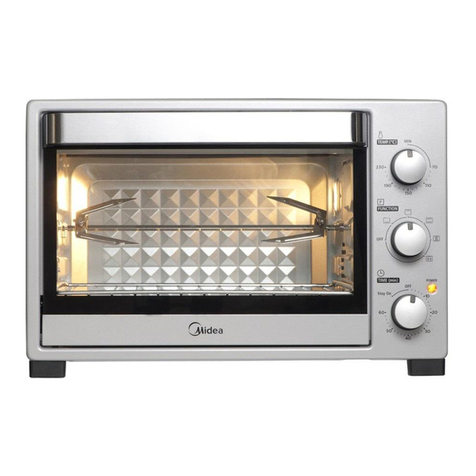
Midea
Midea MEO-38GY5 User manual
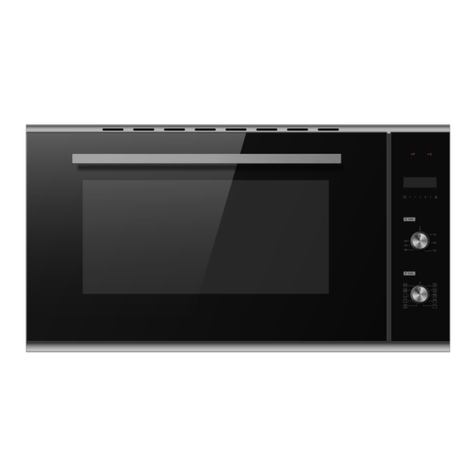
Midea
Midea 93M90D0 User manual
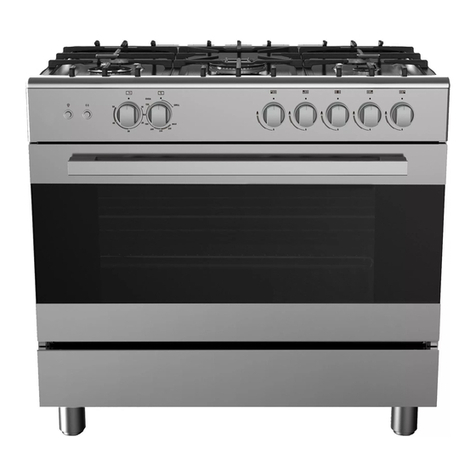
Midea
Midea VS96048D User manual
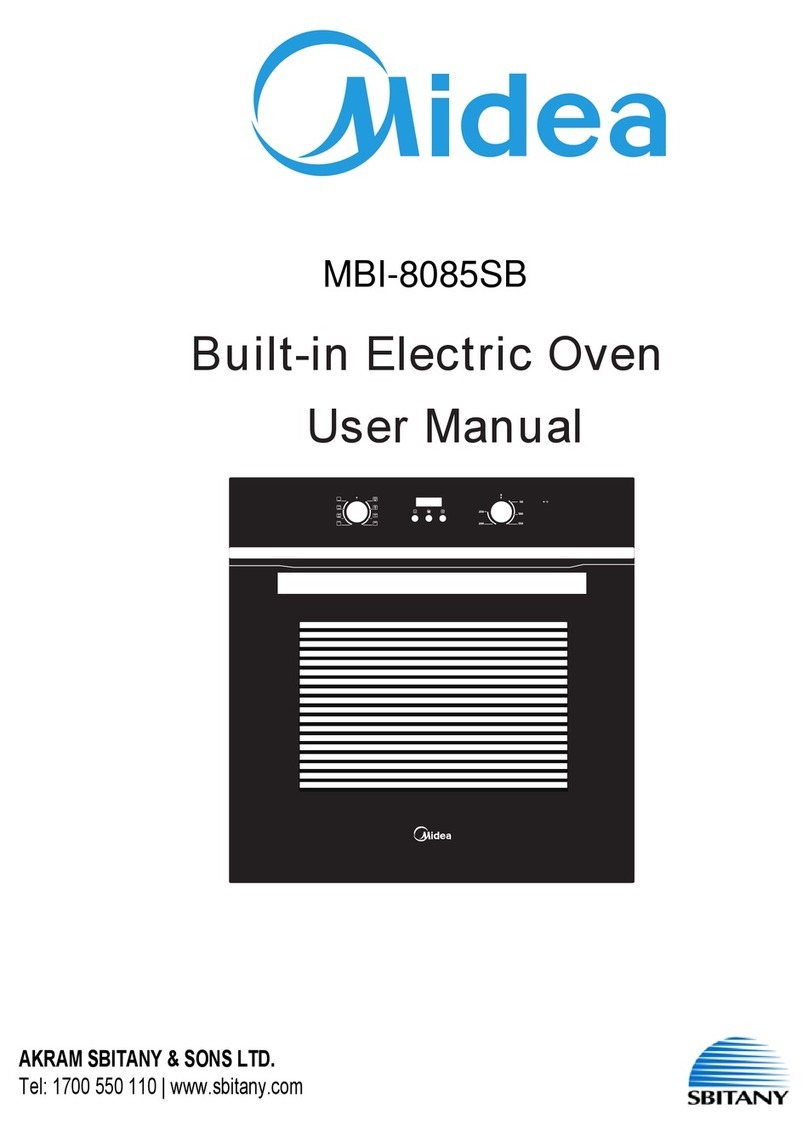
Midea
Midea MBI-8085SB User manual

Midea
Midea AAE40006 User manual

Midea
Midea MG25BNM User manual
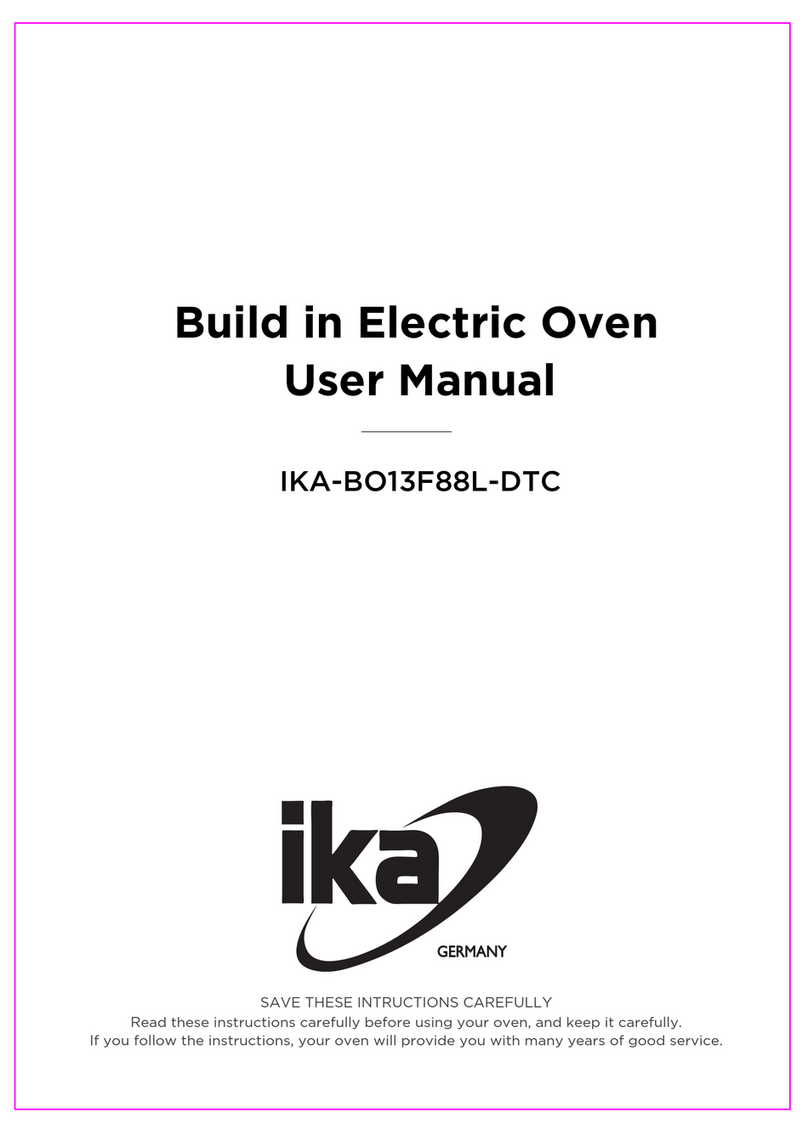
Midea
Midea IKA-BO13F88L-DTC User manual

Midea
Midea MT2520JB User manual

Midea
Midea MOC9048BL User manual
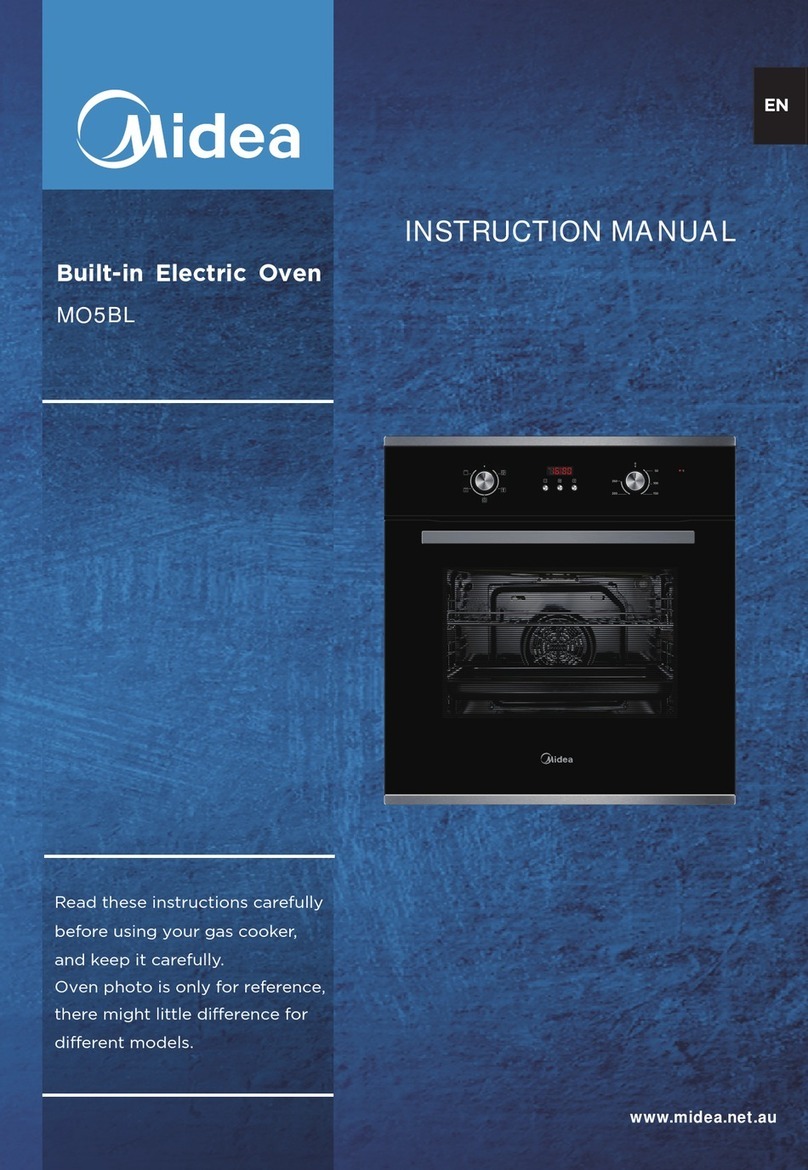
Midea
Midea MO5BL User manual
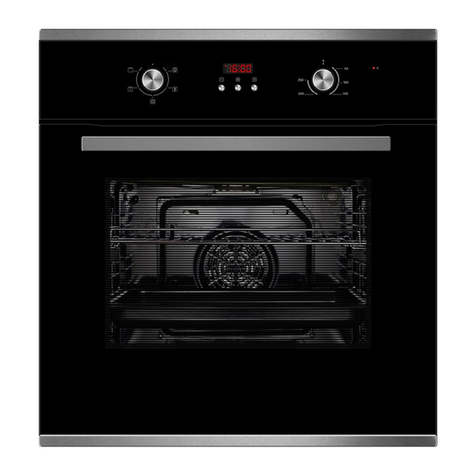
Midea
Midea MO5BL User manual

Midea
Midea MG25CHB User manual

Midea
Midea PS30L22Z User manual
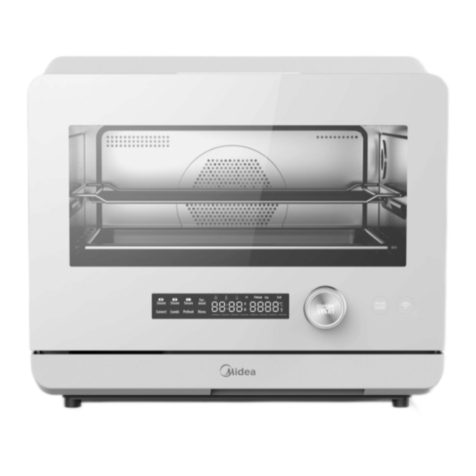
Midea
Midea PS2022Z User manual
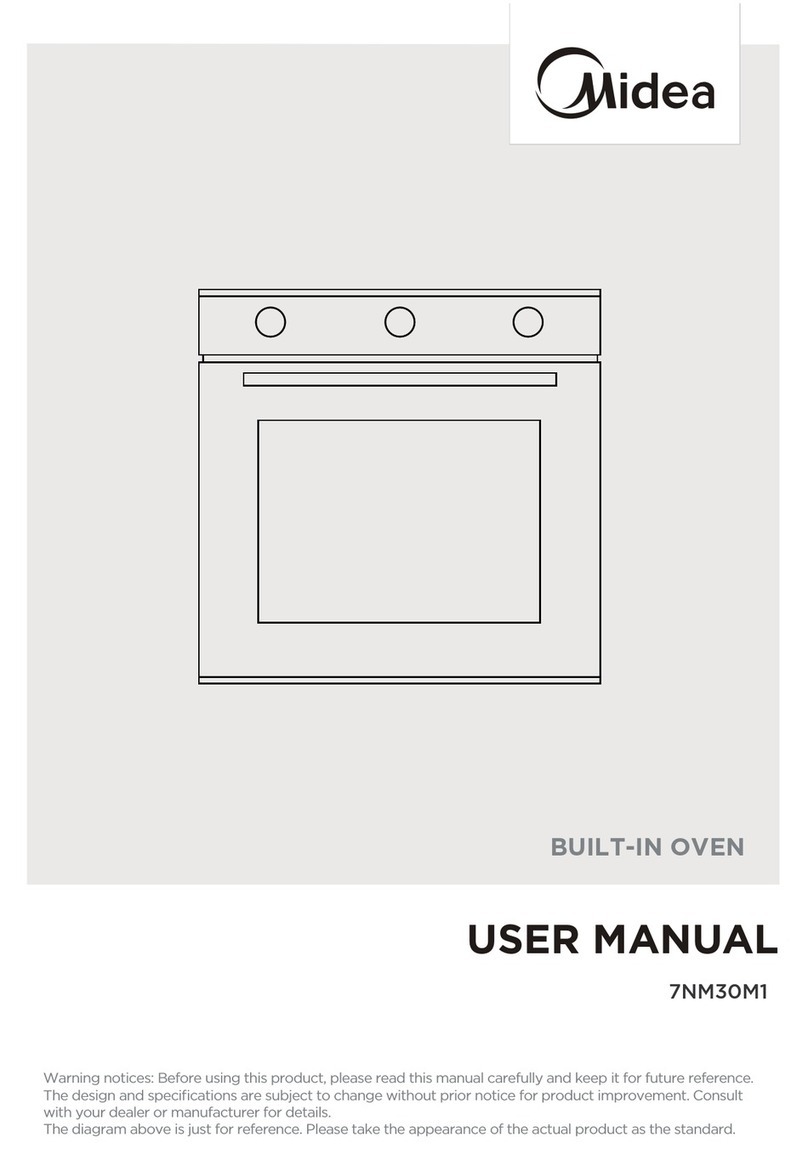
Midea
Midea 7NM30M1 User manual
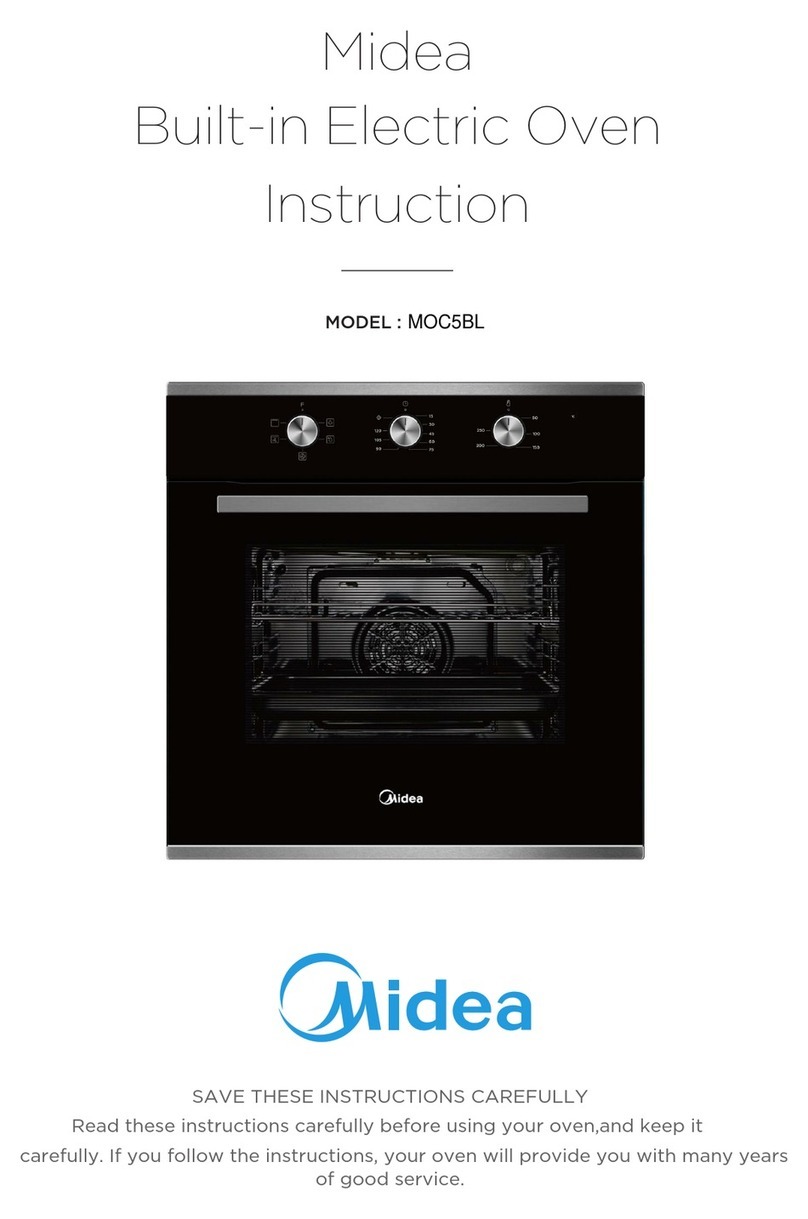
Midea
Midea MOC5BL User manual
Popular Oven manuals by other brands

Brandt
Brandt FC 222 user manual

aumate
aumate TOA20M04N-1E instruction manual

Maytag
Maytag CWE4100AC - 24" Single Electric Wall Oven Dimension Guide

Kernau
Kernau KBO 1076 S PT B instruction manual

Bosch
Bosch HB 37 N Series User manual and installation instructions

Electrolux
Electrolux EOD5420AA user manual
